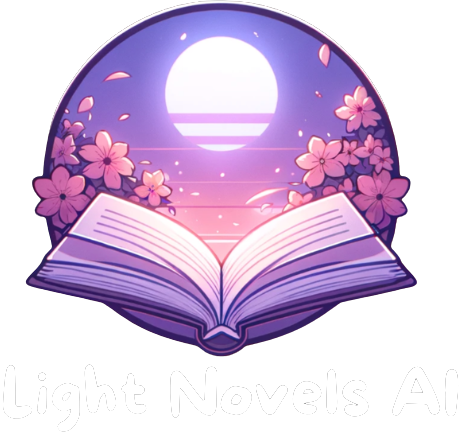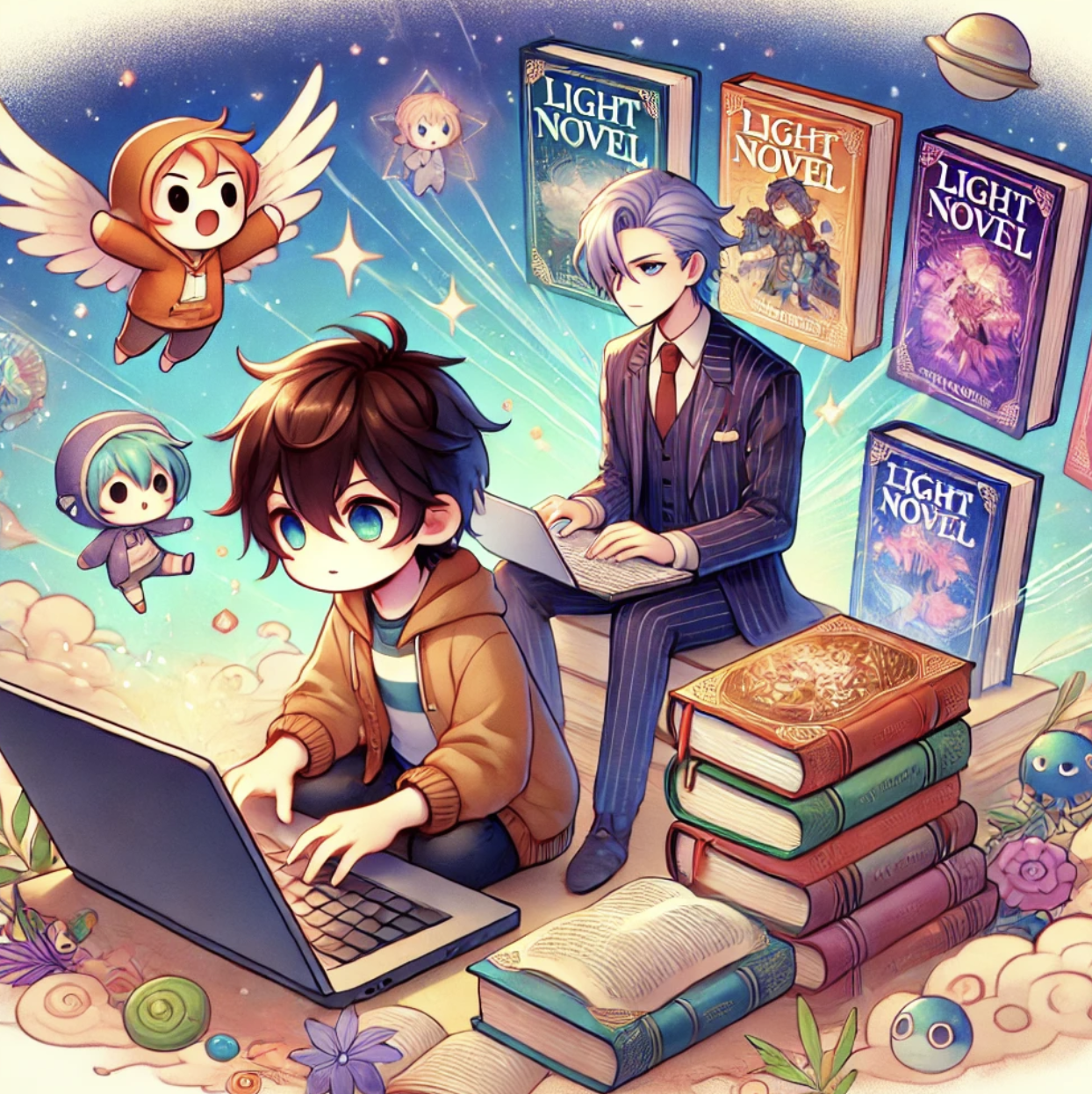Definition of a Light Novel
A light novel is a distinctive form of Japanese literature that blends elements of traditional novels with manga-style illustrations. These compact books typically range from 40,000 to 50,000 words, making them shorter than full-length novels but longer than short stories. Light novels feature frequent illustrations, usually one per chapter, enhancing the reader’s visual experience.
Light novels are characterized by their accessible writing style, often employing simple vocabulary and straightforward sentence structures. This approach makes them appealing to a wide range of readers, particularly young adults. The stories frequently explore popular genres such as fantasy, science fiction, and romance, often incorporating tropes familiar to anime and manga fans.
These novels are published in a serialized format, with new installments released regularly. Many successful light novel series span multiple volumes, allowing for extensive world-building and character development. The combination of engaging narratives, visual elements, and digestible content length has contributed to the genre’s popularity, especially among busy readers seeking quick entertainment.
Light novels serve as a bridge between traditional literature and visual media, often inspiring anime, manga, and video game adaptations. This cross-media potential has further solidified their place in Japanese pop culture and contributed to their growing international recognition.
Light Novel Structures and Elements
Light novels feature distinct structural components that set them apart from traditional novels. These elements combine to create an engaging reading experience:
Episodic Storytelling
Light novels often employ episodic storytelling, with each volume containing a self-contained story arc. This structure allows readers to jump in at any point in the series while maintaining an overarching plot:
-
Standalone stories within each volume
-
Continuous character development across the series
-
Recurring themes and plot threads
Illustrations
A key feature of light novels is the inclusion of manga-style illustrations:
-
5-10 full-page illustrations per volume
-
Character designs and key scene depictions
-
Visual aids to enhance the storytelling
Rapid Narrative
Light novels typically maintain a brisk pace to keep readers engaged:
-
Short chapters (10-20 pages)
-
Frequent dialogue and action scenes
-
Limited descriptive passages
Character-Driven Plots
Most light novels focus heavily on character development and interactions:
-
Strong protagonist with relatable traits
-
Diverse supporting cast
-
Character growth central to the story progression
These structural elements combine to create the unique reading experience that defines light novels, appealing to a wide range of readers seeking quick, engaging stories with visual enhancements.
Types of Light Novels
Light novels encompass a diverse range of genres, catering to various reader preferences. Fantasy light novels transport readers to magical worlds filled with epic quests and mythical creatures. Examples include “Sword Art Online” and “The Rising of the Shield Hero.”
Science fiction light novels explore futuristic technologies and space adventures. Popular titles in this category are “The Melancholy of Haruhi Suzumiya” and “86 -Eighty-Six-.”
Romance light novels focus on relationships and emotional connections. “Toradora!” and “My Youth Romantic Comedy Is Wrong, As I Expected” are notable examples in this genre.
Isekai, a subgenre where characters are transported to parallel worlds, has gained immense popularity. “That Time I Got Reincarnated as a Slime” and “Overlord” exemplify this trend.
Mystery and thriller light novels offer suspenseful narratives with intricate plots. “The Empty Box and Zeroth Maria” and “Boogiepop” series fall into this category.
Slice-of-life light novels depict everyday experiences and character interactions. “My Teen Romantic Comedy SNAFU” and “Hyouka” are well-known titles in this genre.
These diverse genres allow light novels to appeal to a wide audience, contributing to their growing popularity both in Japan and internationally.
Light Novels Popularity in the US
Light novels have gained significant traction in the United States over the past year. Google Trends data reveals a consistently growing interest, with notable spikes in search activity.
Peak interest occurred in late October 2023, followed by surges in mid-February and early June 2024. These trends suggest seasonal fluctuations in light novel popularity, possibly tied to new releases or events.
Geographically, Alaska leads the nation in light novel interest, with a search index of 100. Other states showing strong engagement include:
|
State |
Search Index |
|---|---|
|
Oklahoma |
57 |
|
Idaho |
54 |
|
South Dakota |
54 |
|
Washington |
54 |
This regional variation indicates a diverse and widespread appeal of light novels across the US. The high interest in less populous states suggests a dedicated fanbase in these areas, potentially due to factors like local anime conventions or active online communities.
The consistent search trends and geographic spread demonstrate light novels’ growing integration into American pop culture. As more titles become available in English and digital platforms expand access, light novels continue to captivate US readers with their unique blend of storytelling and visual elements.
How to Get Started Reading Light Novels
Light novels offer a unique blend of storytelling and visual appeal that’s captivating readers worldwide. Their rising popularity in the US reflects a growing appreciation for this Japanese literary format. With diverse genres and engaging narratives light novels provide an accessible entry point for new readers.
To begin exploring this medium start by choosing a genre that interests you. Many popular series are available in English both in print and digital formats. Online platforms to read novels and local bookstores often have dedicated sections for light novels. As you jump into this exciting world you’ll discover rich storytelling enhanced by vivid illustrations creating an immersive reading experience that bridges literature and visual media.












